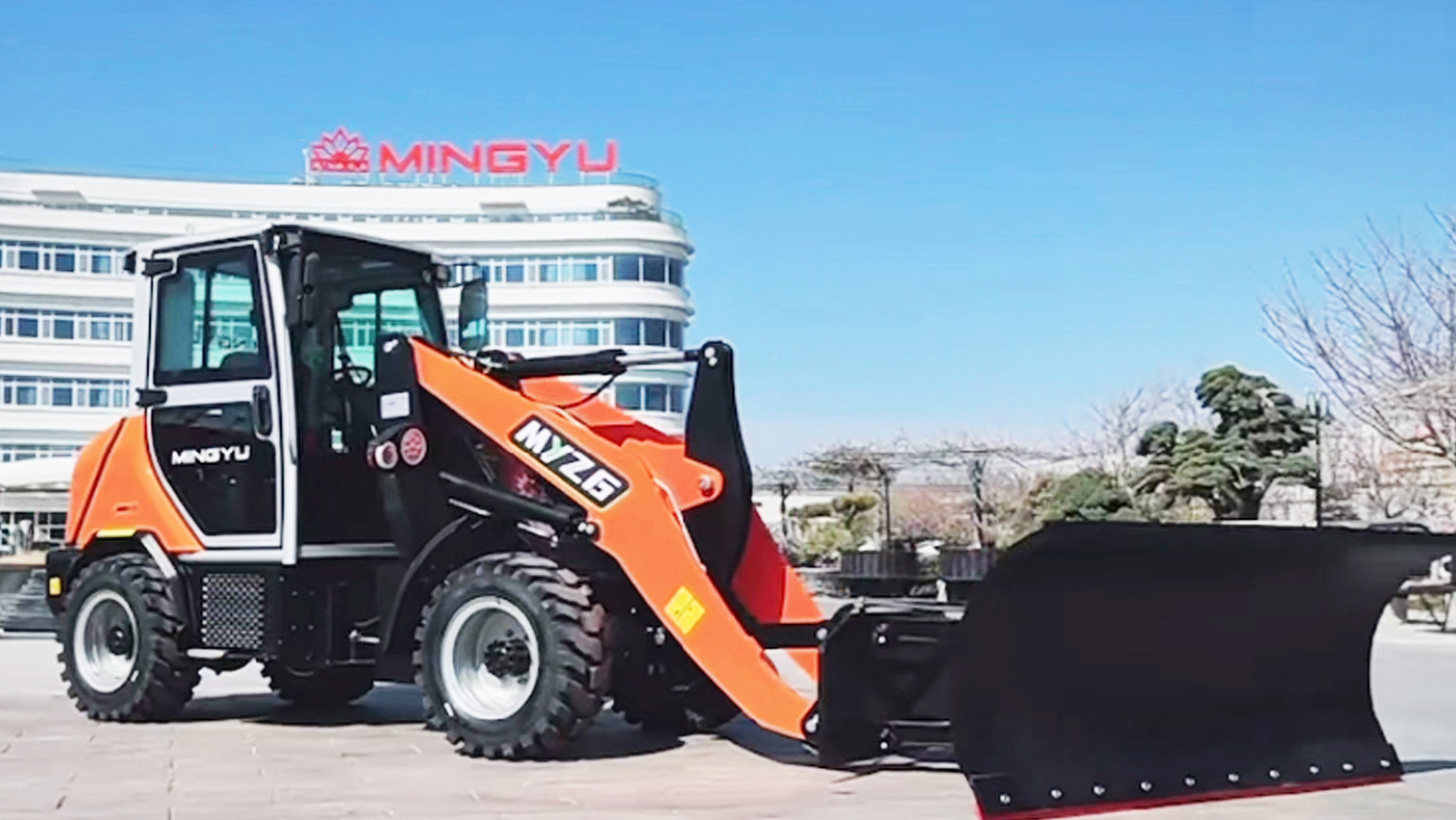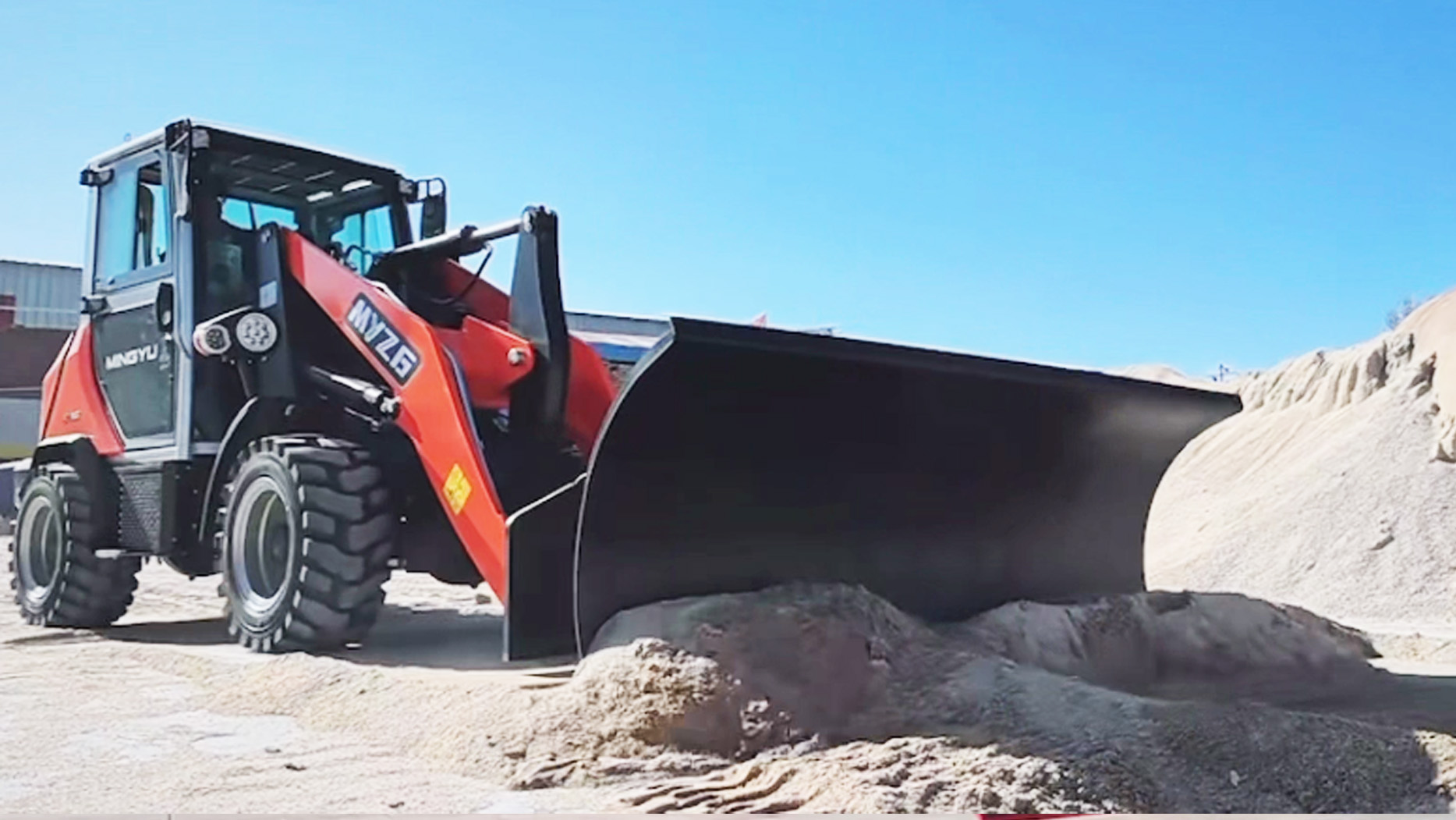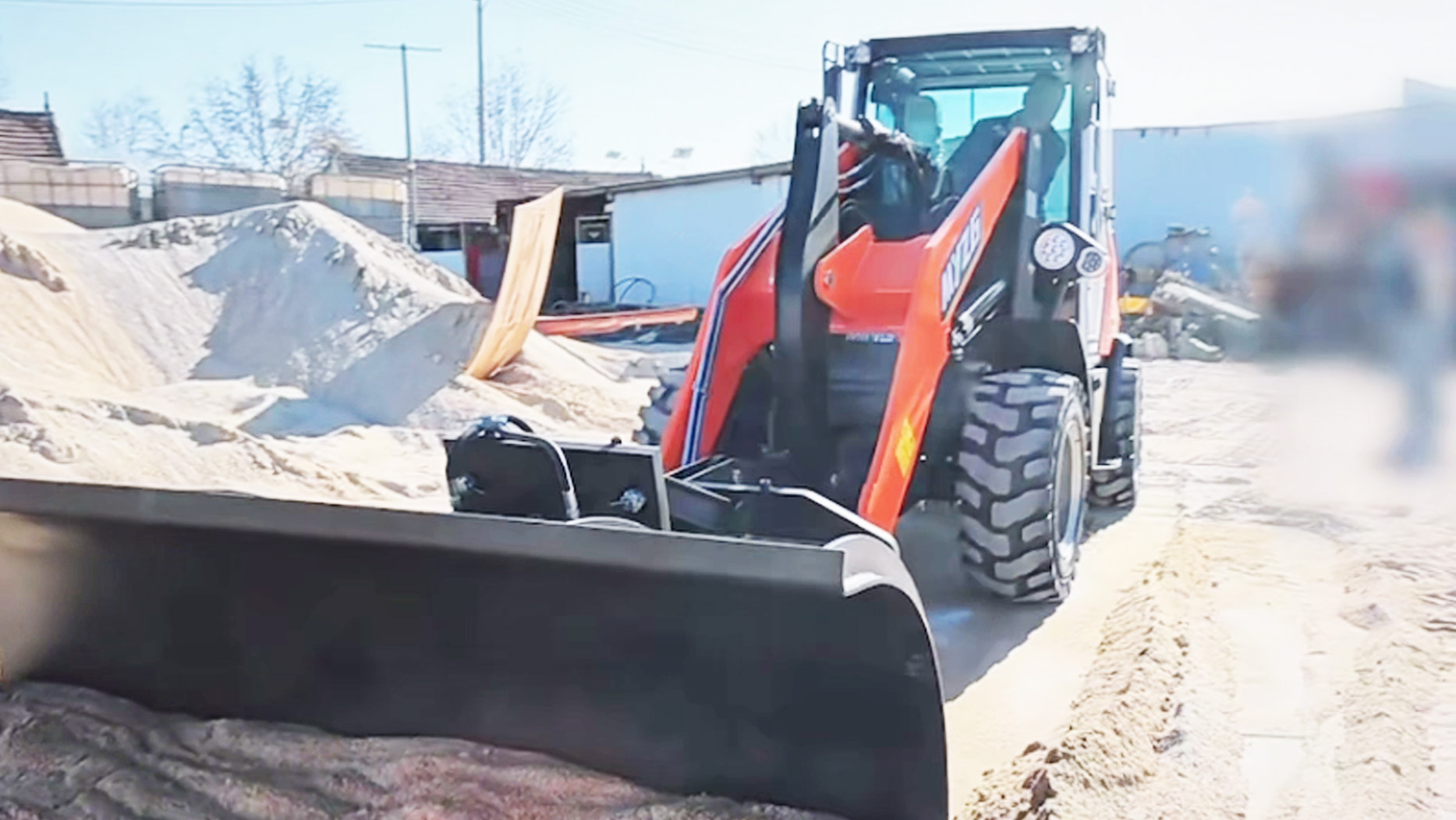1. Introduction
Wheel loaders are essential heavy machinery widely used in construction, mining, agriculture, and material handling. Their ability to move large quantities of materials efficiently makes them indispensable in various industries. However, operating a wheel loader inefficiently can lead to high fuel consumption, increased maintenance costs, and reduced productivity.
Improving the efficiency of a wheel loader not only lowers operational expenses but also enhances safety and prolongs the machine's lifespan. By implementing proper machine selection, operator training, routine maintenance, fuel management, load handling techniques, and site optimization, businesses can significantly boost their loader’s efficiency. This article explores practical strategies to maximize the performance and cost-effectiveness of wheel loaders.
2. Proper Machine Selection
Selecting the right wheel loader for the job is crucial for efficiency. Factors to consider include:
Size and Capacity: Choosing a loader that matches the job requirements ensures optimal performance. A machine that is too small may struggle with heavy loads, while an oversized loader may consume excessive fuel for minor tasks.
Engine Power and Hydraulics: A powerful engine with efficient hydraulics enhances loading speed and cycle times, reducing downtime.
Bucket Selection: The right bucket type and capacity help in efficient material handling, minimizing spillage and overloading.
Technological Features: Advanced models with automated controls, telematics, and fuel-efficient engines provide better performance and lower operational costs.
3. Operator Training and Best Practices
A well-trained operator plays a significant role in improving wheel loader efficiency. Key training and best practices include:
Smooth and Controlled Operations: Avoid sudden starts, stops, and aggressive maneuvers to reduce fuel consumption and machine wear.
Proper Throttle Use: Running the engine at optimal RPMs instead of full throttle conserves fuel.
Avoiding Excessive Idling: Idling wastes fuel and increases engine wear. Operators should turn off the engine when the loader is not in use.
Load Distribution: Evenly distributing material in the bucket prevents unnecessary strain on the machine.
Training Programs: Regular training sessions ensure operators are updated on the latest best practices and machine functionalities.
4. Regular Maintenance and Inspection
Routine maintenance prevents breakdowns and ensures smooth operation. Important maintenance tasks include:
Tire Inspection and Pressure Monitoring: Underinflated or worn-out tires increase fuel consumption and reduce stability.
Hydraulic System Checks: Ensuring hydraulic components are in optimal condition improves performance and reduces energy loss.
Lubrication and Fluid Management: Proper lubrication of moving parts minimizes friction and wear.
Engine and Filter Maintenance: Regular oil changes and air filter replacements enhance fuel efficiency.
Using Telematics: Onboard diagnostic systems help in early fault detection and preventive maintenance scheduling.
5. Fuel Efficiency Optimization
Fuel costs make up a significant portion of wheel loader operating expenses. Strategies to optimize fuel efficiency include:
High-Quality Fuel Usage: Contaminated or low-grade fuel can reduce engine efficiency and increase maintenance costs.
Fuel Monitoring Systems: Modern loaders come with onboard tracking to monitor consumption patterns and identify areas for improvement.
Eco-Mode and Automatic Idle Control: Many machines have built-in fuel-saving modes that optimize performance without excessive fuel use.
Hybrid and Alternative Fuel Options: Considering hybrid loaders or biodiesel-compatible engines can further enhance efficiency and sustainability.
6. Effective Load Management
Proper load handling techniques enhance productivity and reduce energy waste:
Optimal Bucket Filling: Overloading leads to unnecessary strain, while underloading wastes machine potential.
Minimizing Spillage: Proper angling of the bucket and smooth loading techniques reduce material loss and cycle time.
Shorter Cycle Times: Efficiently organizing loading and unloading sequences minimizes downtime and maximizes output.
7. Site Planning and Workflow Optimization
A well-organized worksite significantly improves wheel loader efficiency. Considerations include:
Minimizing Travel Distance: Reducing unnecessary movement and optimizing material placement saves time and fuel.
Organized Loading and Dumping Zones: Designating specific zones prevents congestion and enhances workflow.
Coordinating with Other Equipment: Synchronizing loader operations with dump trucks and conveyors minimizes delays.
8. Conclusion
Enhancing wheel loader efficiency requires a combination of proper machine selection, skilled operation, routine maintenance, fuel management, and effective site planning. By implementing these strategies, businesses can reduce operational costs, improve productivity, and extend the machine’s lifespan. Investing in operator training and leveraging advanced technologies will ensure maximum efficiency and sustainability in wheel loader operations.
Post time:Apr.10.2025



